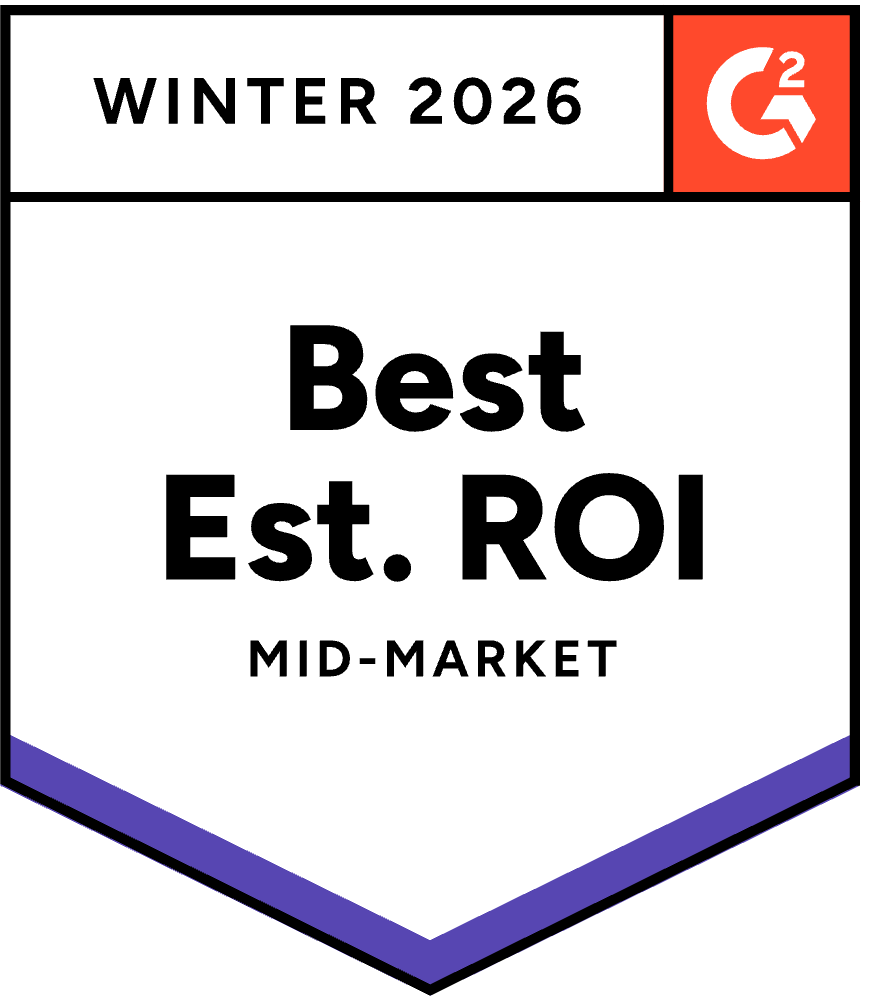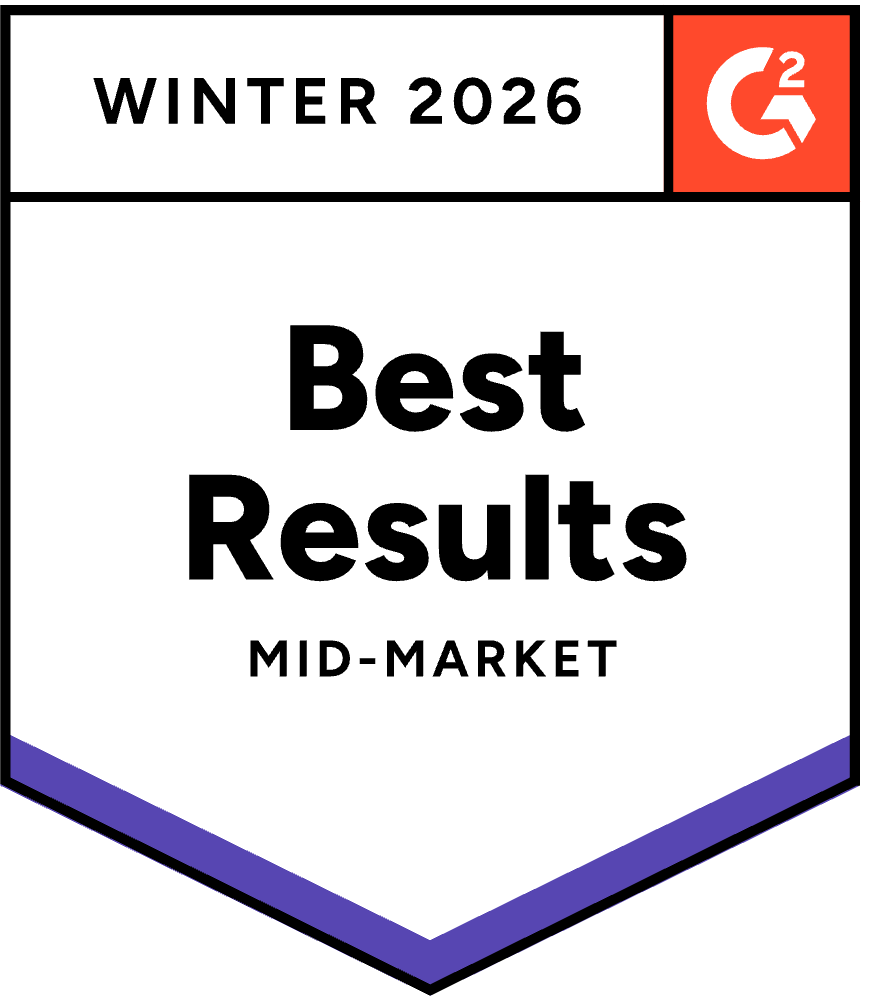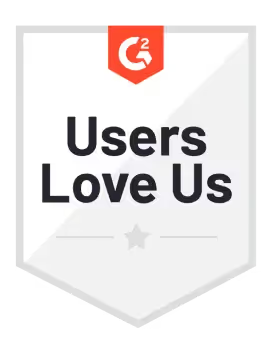In today's digital age, data is often referred to as the "new oil" - a valuable resource that can drive business success. However, simply collecting and storing data is not enough. To truly harness the power of data, it must be treated as a product. In this article, we will explore the concept of data as a product and its importance in today's data-driven world.
What is Data as a Product?
Data as a product (DaaP) is a business model that treats data as a valuable asset that can be packaged, marketed, and sold to customers. It involves collecting, organizing, and analyzing data to create a product that can be used to drive business decisions and generate revenue.
Data as a Product vs Data as a Service
While data as a product and data as a service (DaaS) may sound similar, there are some key differences between the two. DaaS involves providing access to data through a subscription or pay-per-use model, while DaaP involves creating a product from the data itself.
DaaS is often used for real-time data, such as weather or stock market data, while DaaP is more focused on historical data and insights. Additionally, DaaS is typically used by businesses to enhance their own operations, while DaaP can be sold to external customers as a standalone product.
Why is Data as a Product Important?
Data as a product is becoming increasingly important in today's data-driven world. Here are some key reasons why businesses should consider adopting a DaaP model.
Monetization of Data
Data is a valuable asset that can be monetized just like any other product. By treating data as a product, businesses can create new revenue streams and tap into new markets. This is especially beneficial for companies that have large amounts of data but are not utilizing it to its full potential.
Competitive Advantage
In today's highly competitive business landscape, having a competitive advantage is crucial. By treating data as a product, businesses can gain valuable insights and make data-driven decisions that give them an edge over their competitors. This can lead to increased efficiency, cost savings, and improved customer satisfaction.
Improved Data Quality
When data is treated as a product, it goes through a rigorous process of cleaning, organizing, and analyzing. This results in improved data quality, which is essential for making accurate and reliable business decisions. By investing in data optimization, businesses can ensure that their data is accurate, complete, and up-to-date.
How to Implement Data as a Product
Implementing a data as a product model involves several key steps. Here are some best practices to follow when creating a DaaP strategy.
Identify Your Target Audience
The first step in creating a data product is to identify your target audience. This could be internal stakeholders, such as sales or marketing teams, or external customers. Understanding who will be using the data product will help determine what type of data to collect and how to package and market it.
Collect and Organize Data
The next step is to collect and organize the data. This involves identifying the sources of data, such as customer interactions, website traffic, or social media activity, and creating a system for storing and managing the data. It is important to ensure that the data is accurate, complete, and up-to-date.
Analyze and Extract Insights
Once the data is collected and organized, the next step is to analyze it and extract valuable insights. This could involve using data analytics tools or hiring data scientists to uncover patterns and trends in the data. The insights gained from this analysis will form the basis of the data product.
Package and Market the Data Product
The final step is to package and market the data product. This involves creating a user-friendly interface for accessing the data, as well as developing marketing materials to promote the product. It is important to clearly communicate the value and benefits of the data product to potential customers.
Challenges of Data as a Product
While data as a product offers many benefits, there are also some challenges that businesses may face when implementing this model.
Data Privacy and Security
With the increasing focus on data privacy and security, businesses must ensure that they are collecting and using data in a responsible and ethical manner. This includes obtaining consent from users and implementing robust security measures to protect sensitive data.
Data Governance
Data governance refers to the processes and policies that govern the collection, storage, and use of data. With data as a product, it is important to have a strong data governance framework in place to ensure that data is managed effectively and in compliance with regulations.
Data Optimization
To truly harness the power of data as a product, businesses must invest in data optimization. This involves cleaning, organizing, and analyzing data to ensure its accuracy and reliability. However, this can be a time-consuming and resource-intensive process.
Optimizing Data as a Product with Sifflet
By integrating Sifflet into their data infrastructure, organizations can streamline the process of data collection, organization, and analysis, thereby enhancing the overall efficiency of their DaaP strategy. Sifflet's advanced capabilities empower businesses to effectively monitor data pipelines, identify anomalies, and maintain data integrity throughout its lifecycle.
Moreover, Sifflet enables businesses to gain deeper insights into their data, facilitating informed decision-making and driving innovation. With features such as user-friendly Chrome Extensions for data quality assessment and readily accessible catalogs for enhanced metadata management, Sifflet empowers organizations to maximize the value of their data assets.
In essence, by embracing Sifflet as a foundational component of their data infrastructure, businesses can optimize their DaaP approach, unlocking new opportunities for revenue generation, competitive advantage, and sustained growth in today's data-driven economy.
Conclusion
Data as a product is a business model that treats data as a valuable asset that can be packaged, marketed, and sold to customers. By implementing a DaaP strategy, businesses can monetize data, gain a competitive advantage, and improve data quality. However, there are also challenges to consider, such as data privacy and security, data governance, and data optimization. With the right approach, data as a product can be a powerful tool for driving business success in today's data-driven world.
In today's digital landscape, the concept of data as a product (DaaP) holds immense significance. As businesses increasingly recognize the value of their data assets, leveraging data observability tools like Sifflet becomes paramount in optimizing the DaaP approach. Sifflet, a robust data observability tool, plays a pivotal role in ensuring the quality, reliability, and usability of data products.



.avif)













-p-500.png)
